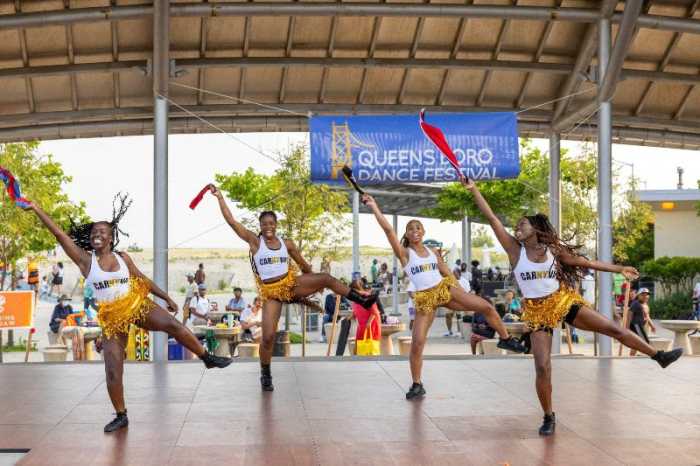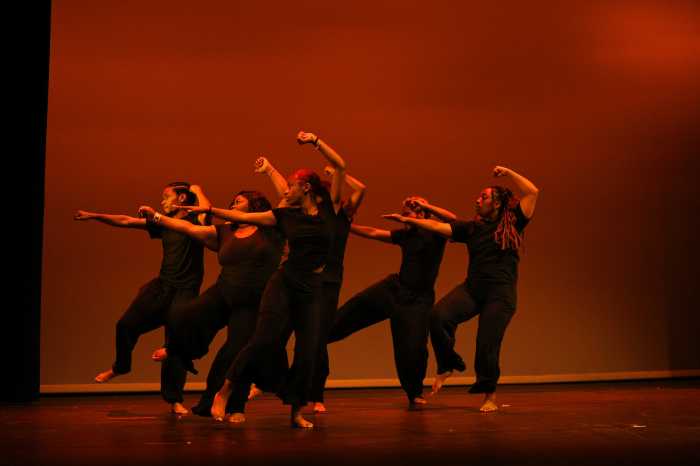Seeking Info On Earth’s Companion
(AP) Flying in formation around the moon, a pair of NASA probes began mapping the lunar gravity field in hopes of figuring out why Earth’s only natural satellite is shaped the way it is.
The probes kicked off their science campaign late Tuesday two months after arriving back-to-back at the moon over the New Year’s weekend.
“Literally and figuratively, I’m over the moon,” mission chief scientist Maria Zuber at the Massachusetts Institute of Technology said in an email.
Despite astronaut landings and robotic missions aimed at the moon, scientists still don’t know everything about Earth’s celestial companion. A lingering mystery is why the side that always faces Earth appears flatter than the mountainous far side.
Mapping the moon’s uneven gravity-about one-sixth Earth’s pull-should provide a clue. The spacecraft will spend the next three months orbiting 35 miles above the lunar surface. Scientists will monitor the slight variations in distance beby tween the two to map the moon’s gravitational field. This in turn will give an idea of what lies below the surface whether it is mountain ranges, lava tubes or craters.
Scientists hope the measurements will support or debunk recent research that suggested Earth once had two moons that collided and formed the far side highlands.
The $496 million mission-officially called the Gravity Recovery And Interior Laboratory or Grail for short-was launched last September from Florida. Instead of a direct three-day flight, the probes took a roundabout journey to save money and took 30 times longer to reach their destination than the Apollo astronauts.
Grail-A slipped into orbit around the moon on New Year’s Eve followed by its twin Grail-B on New Year’s Day. Data collection could not begin immediately because the spacecraft had to refine their positions until they were just 35 miles from the surface.
After the successful arrivals, the probes were rechristened Ebb and Flow. The names were selected by fourth-grade students from a Montana school who submitted the winning names in a NASA-sponsored contest.
Scientists monitoring the probes’ vital signs said they’re in excellent health. They have to wait to get a month’s worth of data before they can start analyzing, but were pleased so far.
“It is clear from the raw data that there is a treasure trove of information in all those wiggles we’re seeing,” Zuber said.
Beginning next week, students will also get in on the action. Select middle school students will be able to use cameras on board the probes to photograph their favorite lunar target as part of an outreach project headed by Sally Ride, the first American woman in space.


































